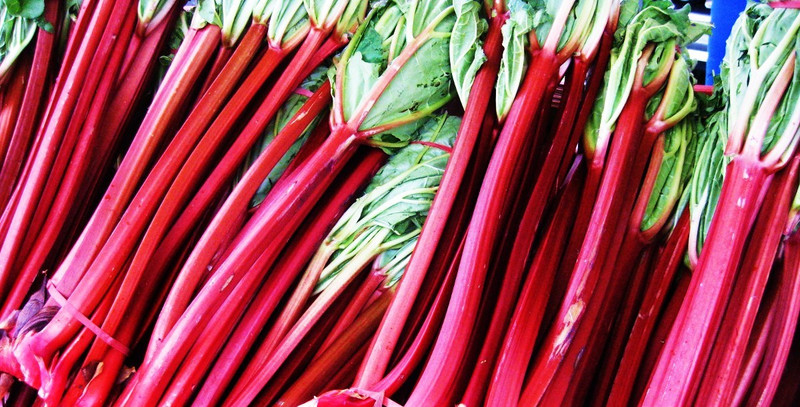Growing your own asparagus and rhubarb can be a rewarding addition to your garden. These perennial plants not only provide delicious harvests year after year but also add visual interest with their lush foliage. Here’s a guide to help you get started with asparagus and rhubarb crowns.
Asparagus: The King of Spring Vegetables
Asparagus is a springtime favorite known for its tender spears and distinct flavour. When planting asparagus crowns, patience is key, but the long-term payoff is well worth it.
Planting Asparagus Crowns:
- Choosing the Site: Select a sunny spot with well-drained soil. Asparagus prefers a location where it can grow undisturbed for many years.
- Preparing the Bed: Clear the bed of weeds and incorporate plenty of compost or well-rotted manure to enrich the soil.
- Planting: Dig trenches about 30 cm (12 inches) wide and 15-20 cm (6-8 inches) deep. Create small mounds in the trench and spread the roots of each crown over them. Space the crowns 30-45 cm (12-18 inches) apart.
- Covering the Crowns: Initially, cover the crowns with 5-7 cm (2-3 inches) of soil. As the shoots grow, gradually fill in the trench, covering the shoots with soil until the trench is level with the ground.
- Hill up: build the soil up around the asparagus plants each spring to cover the emerging spears and support healthy growth, the hilling up method creates the highy prised white asparagus by starving the spears from light.

Caring for Asparagus:
- Watering: Keep the soil consistently moist, especially during the first two years as the plants establish themselves.
- Mulching: Apply a thick layer of mulch to suppress weeds and retain soil moisture.
- Fertilising: Feed the plants with a balanced fertiliser in early spring and again after the harvest season.
- Harvesting: Allow the plants to grow without harvesting for the first two years. In the third year, harvest the spears when they are about 15-20 cm (6-8 inches) tall, cutting them at ground level.
Varieties
- Purple Phantom: Sweeter than its green cousin, Purple Phantom asparagus (Asparagus officinalis) is full of anthocyanins, elevating the delicious spears to ‘superfood’ status. Asparagus can be eaten raw or lightly cooked to keep its unusual purple colouring; cooking for long periods will turn the spears green.
- UC157: UC157 is one of the most productive and highest yielding asparagus variety available. It produces large, uniform spears that are non-stringy and have an unbeatable flavour that is tender and delicate.
Rhubarb: The Tangy Garden Treat
Rhubarb is a hardy perennial known for its tart stalks, perfect for pies, sauces, and preserves. Planting rhubarb crowns is straight forward, and with proper care, you’ll enjoy bountiful harvests for years to come.
Planting Rhubarb Crowns:
- Choosing the Site: Rhubarb thrives in a sunny location with rich, well-drained soil.
- Preparing the Bed: Work compost or well-rotted manure into the soil to provide essential nutrients.
- Planting: Dig large planting holes about 30-45 cm (12-18 inches) apart. Plant the crowns with the buds about 2-5 cm (1-2 inches) below the soil surface.
- Spacing: Ensure adequate spacing to allow the large leaves to spread out without overcrowding.


Caring for Rhubarb:
- Watering: Keep the soil evenly moist, especially during dry periods.
- Mulching: Mulch around the plants to retain moisture and control weeds.
- Fertilising: Apply a balanced fertiliser in early spring and a side dressing of compost in mid-summer.
- Harvesting: Refrain from harvesting in the first year to allow the plant to establish. In the second year, harvest the stalks by pulling and twisting them away from the plant. Avoid harvesting more than a third of the plant at a time.
Red Dragon
- Red Dragon is a highly productive perennial with brilliant red stalks growing from the crown and large, ornamental green leaves. The flavour is sweet and perfect for stewing, crumbles, and preserves. Suitable for growing in large containers, this variety adds both productivity and aesthetic appeal to any garden.
Overall, growing asparagus and rhubarb crowns can be a delightful addition to any garden. With a little patience and proper care, you’ll enjoy fresh, homegrown asparagus and rhubarb for many seasons.
Happy gardening!

